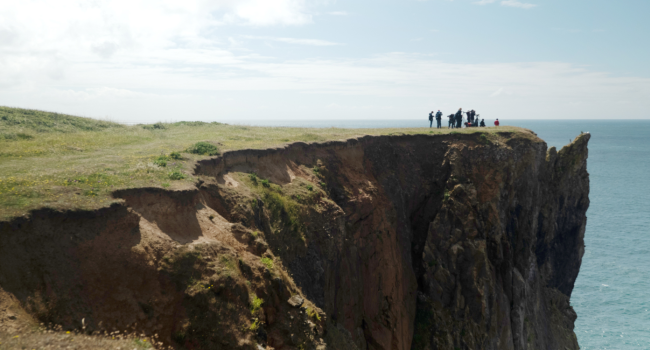Strategic study of collision risk for birds on migration and further development of the stochastic collision risk modelling tool (Work Package 1: Strategic review of birds on migration in Scottish waters)
Author(s): Woodward, I.D., Franks, S.E., Bowgen, K., Davies, J.G., Green, R.M.W., Griffin, L.R., Mitchell, C., O’Hanlon, N., Pollock, C., Rees, E.C., Tremlett, C., Wright, L. & Cook, A.S.C.P.
Published: October 2023
ISBN: 978-1-83521-034-5
View publicationAbstract
Offshore wind farms are a key part of efforts to mitigate the impact of climate change. However, there are concerns over the potential for negative impacts on the environment, with collision risk to birds a key concern. In the UK, much of the focus for these concerns has related to seabirds, with significant effort devoted to collecting data and developing models to better understand the potential population-level consequences of collisions with offshore wind farms. However, as the number of planned developments increases, there are increasing concerns about the potential impacts on migrating birds. Previous reviews have highlighted significant uncertainty surrounding the data used to assess collision risk in migrating birds. However, in recent years technological improvements have enabled more robust data collection using approaches such as radar and GPS tracking.
We review the availability of data to inform key parameters for the assessment of collision risk to migrating birds, including.
• Population estimates;
• Migration routes;
• Migration timing;
• Flight heights;
• Flight speeds;
• Avoidance behaviour.
The focus for our review is non-seabird features of Special Protection Areas (SPAs). In total, we collate data for 70 species or species populations, and make recommendations as to how these data should be used in the assessment of collision risk for migrating birds. There remains significant uncertainty in the estimated population sizes for many species, and for most, we are reliant on relatively coarse ringing recovery data to identify potential migration routes. However, for 15 larger-bodied species, high-resolution tracking data were available, enabling us to make comparisons between the migration corridors defined using ringing recovery data and those that might be defined using tracking data. In general, the tracking data supported the identification of the relatively broad migration zones defined using ringing recovery data. Technological improvements have also enabled us to reduce uncertainty surrounding estimates of flight speed for migrating birds. However, substantial uncertainty remains both in relation to the proportions of birds at collision risk height, and the extent of avoidance behaviour.
Notes
Report by British Trust for Ornithology, Royal Society for the Protection of Birds and ECO-LGto The Scottish Government, Crown Estate Scotland and The Crown Estate.












Share this page